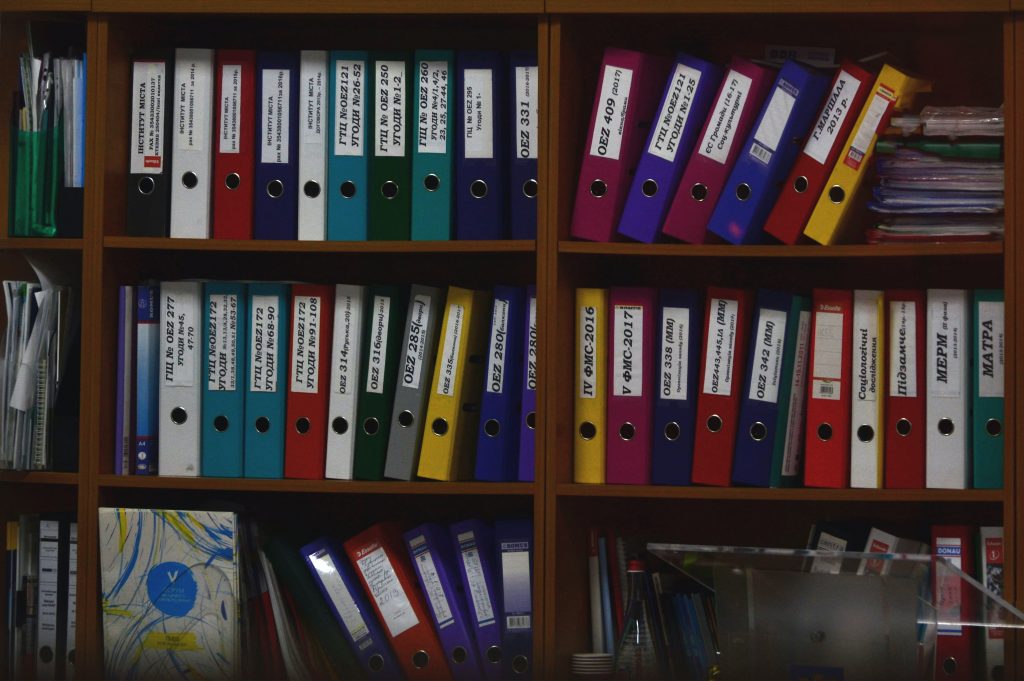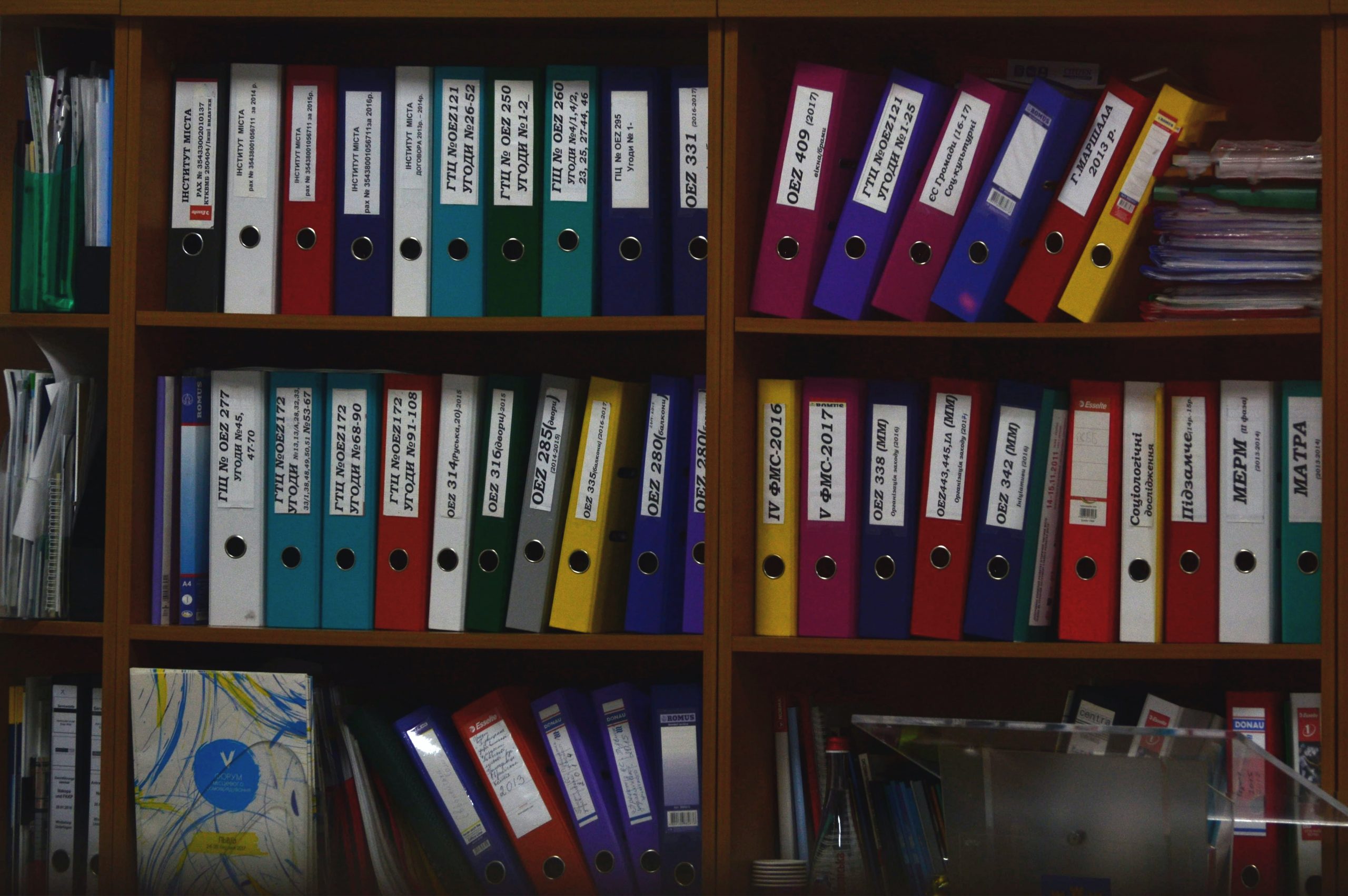The Codice Fiscale is the Italian tax identification number and it is used for multiple purposes beyond identifying taxpayers for paying their taxes when they fall due.
The Codice Fiscale is a string of 16 letters and numbers that identifies each natural person, and this has to be used for multiple daily activities in Italy. If you want to set up your bank account, sign a contract with a utility company, apply for a mortgage, or buy a house in Italy, you are required to provide your Codice Fiscale. Sometimes you are also required to provide your Codice Fiscale to buy a SIM card for your mobile phone.
You also need your Codice Fiscale to:
- Pay taxes
- Setup your Partita IVA
- Enrol in school
- Register at the health service
As you have already guessed, the Codice Fiscale is a must have

Table of Contents
ToggleHow to get a Codice Fiscale
Every Italian citizen born in Italy is assigned a Codice Fiscale at birth automatically, Italian citizens born overseas or non-Italian citizens must apply for the codice fiscale to any local tax office or, if they are living overseas, to the local Italian consulate.
In order to apply you must fill a form available online providing the following personal information:
- Full name
- Date of birth
- Place of birth
- Current residency address
You are also required to attach a valid ID (National ID card or passport are sufficient). Some Italian offices also request you to provide the reason for the request such as: future employment, school enrolment, company setup, and so on.
The procedure can also be performed by a third party via proxy; in this case the bottom part of the form must include the person’s details given the proxy.
Upon checking all the information, the office will issue the Codice Fiscale in paper format. Note that this is not the Tessera Sanitaria to which you need to apply separately when you enrol in the Universal Health Care program of Italy.
Common mistakes in the application
If you think that filling a single page paper will not lead to mistakes, you are absolutely wrong. It is easy to make mistakes, and correcting those is normally very time consuming, exposing you to the worst part of the Italian bureaucracy.
First of all, you need to fill in your complete name as it appears in your passport. If you have more than one name you must disclose them all, without abbreviations; furthermore, the name must appear in latin characters.
In some countries you change your last name upon marriage, this has to be reflected in your Codice Fiscale, and once again you must apply with the same full name as it appears on your codice fiscale.
Forgetting one’s name or spelling it differently can lead to a different Codice Fiscale, and amending it becomes very difficult.
In addition, you might be born in a country that does not exist anymore! Think about the Soviet Union, Czechoslovakia or Yugoslavia. In this case you must list the country’s name at birth, regardless if today it has changed!
Finally, if you apply from overseas, you should disclose your overseas address to avoid any confusion in regards to your tax residency.






